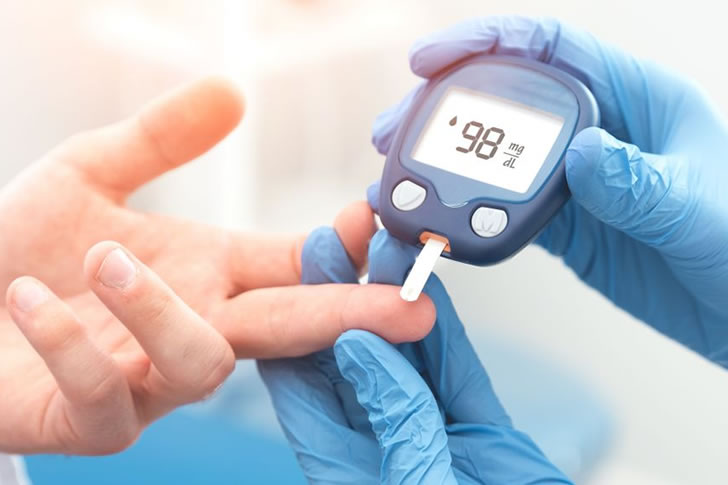A Practical Guide to Living with Type 2 Diabetes
Type 2 diabetes is a prevalent chronic disease affecting millions globally. This article explores its nature, preventive measures, and management strategies.

Understanding Type 2 Diabetes
Type 2 diabetes occurs when the body becomes resistant to insulin or when the pancreas is unable to produce enough insulin. This results in high blood sugar levels, which can lead to a range of complications if not managed properly. Unlike Type 1 diabetes, which is typically diagnosed in childhood and involves an autoimmune attack on the pancreas, Type 2 diabetes is more often associated with lifestyle factors and usually develops in adults over the age of 45.
Prevention Strategies
Preventing Type 2 diabetes involves addressing the modifiable risk factors:
- Maintain a Healthy Weight: Obesity is a significant risk factor. Losing even 5-10% of body weight can dramatically reduce the risk.
- Regular Physical Activity: At least 150 minutes of moderate aerobic exercise per week is recommended.
- Healthy Diet: Eating a balanced diet rich in fruits, vegetables, lean proteins, and whole grains while avoiding excessive sugar and processed foods can prevent the onset of diabetes.
- Regular Screenings: Especially for those at risk, regular blood sugar screenings can help catch prediabetes early.
Foods to Avoid with Type 2 Diabetes
Individuals with Type 2 diabetes should limit foods that spike blood sugar levels. These include sugary beverages like soda and fruit juice, refined grains such as white bread and rice, and sweets like cookies and cakes. Also, avoid high-fat foods that can contribute to weight gain and worsen insulin resistance, such as fried foods and fatty cuts of meat. Trans fats found in some margarines and processed snacks are particularly harmful as they can increase the risk of heart disease.
Foods to Include in a Type 2 Diabetes Diet
A balanced diet for managing Type 2 diabetes should focus on foods that help maintain stable blood sugar levels. Include plenty of fiber-rich foods like vegetables, whole grains, and legumes, which slow glucose absorption. Lean proteins such as chicken, fish, and tofu support muscle health without causing blood sugar spikes. Incorporate healthy fats from sources like avocados, nuts, and olive oil, which can improve heart health without impacting glucose levels. Lastly, choose low-glycemic fruits such as berries and apples to minimize blood sugar increases.
Management of Type 2 Diabetes
Once diagnosed, managing Type 2 diabetes focuses on maintaining normal blood sugar levels and minimizing complications:
- Medication: Metformin is typically the first medication prescribed. Other medications may be used depending on individual health needs.
- Dietary Adjustments: A dietitian can help tailor eating plans to control blood sugar levels.
- Physical Activity: Consistent exercise helps lower blood sugar levels naturally.
- Monitoring: Regular monitoring of blood sugar levels helps manage the disease effectively.
Cheap Care Options
The cost of managing Type 2 diabetes can be significant, especially without insurance. However, there are more affordable options available:
- Generic Medications: Generic drugs like generic Metformin can significantly reduce pharmacy bills.
- Community Health Clinics: Many offer sliding scale fees based on income.
- Patient Assistance Programs: Some pharmaceutical companies offer programs to help with the cost of medications.
Technological Advances in Diabetes Care
Advancements in technology are making it easier to manage Type 2 diabetes:
- Continuous Glucose Monitors (CGMs): Allow for real-time blood sugar monitoring without daily finger pricks.
- Smart Insulin Pumps: Can adjust insulin delivery automatically based on blood sugar readings.
Conclusion
Understanding, preventing, and managing Type 2 diabetes requires comprehensive knowledge and proactive management. With the right strategies, individuals can lead a healthy life, even with diabetes.







Recent Comments